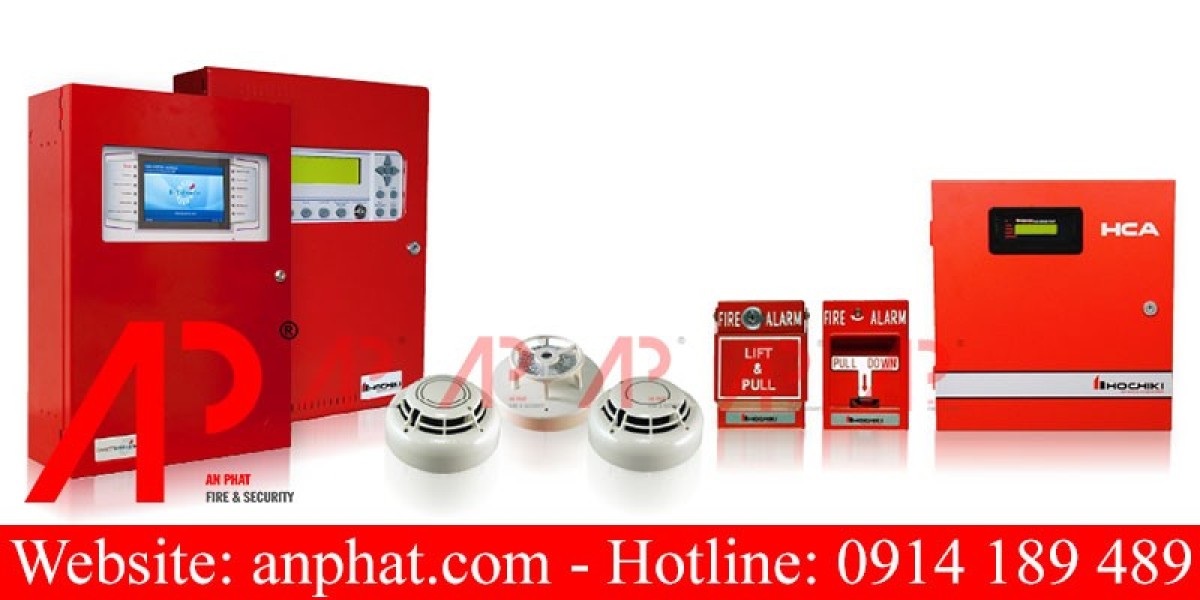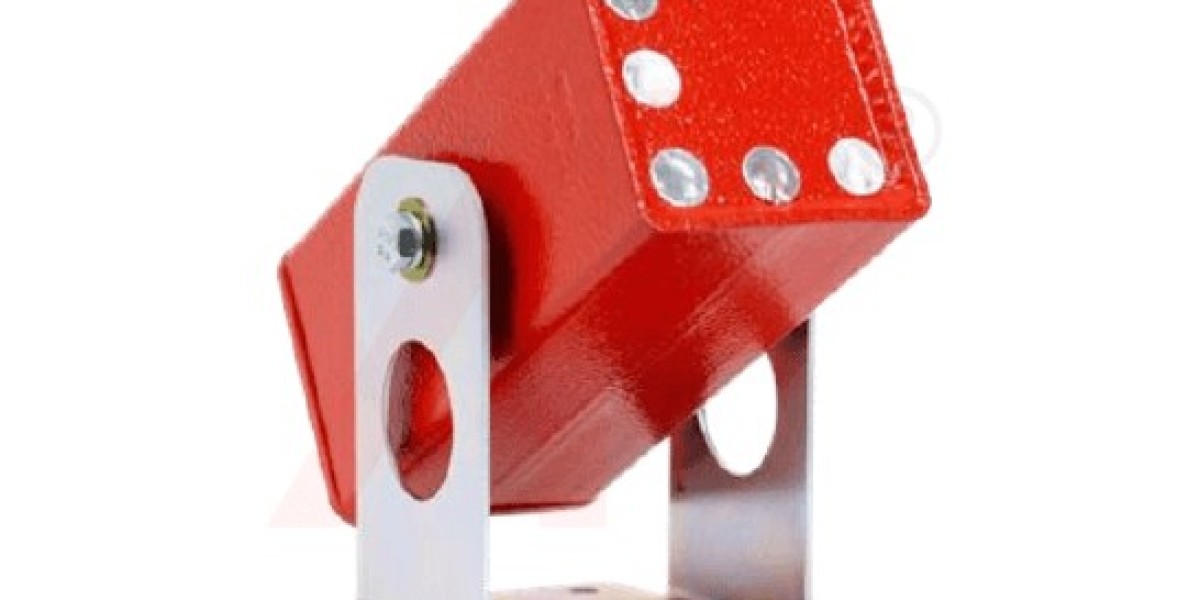In the world of manufacturing, particularly in industries involving liquid products such as beverages, pharmaceuticals, and chemicals, liquid filling is a critical process. Achieving precision and consistency in liquid filling can be challenging, and even minor mistakes can lead to significant issues like product wastage, contamination, and costly downtime. This article explores the common liquid filling mistakes manufacturers encounter and provides insights on how to avoid them.
Understanding Liquid Filling
Liquid filling involves the transfer of liquid products into containers, such as bottles, cans, or vials. The process must be accurate to ensure product consistency, comply with industry regulations, and maintain consumer satisfaction. Various methods, such as gravity filling, piston filling, and vacuum filling, are employed depending on the type of liquid and container. Despite technological advancements, several common mistakes can still occur.
Improper Calibration
One of the most frequent errors in liquid filling is improper calibration of the filling machinery. Calibration ensures that each container receives the correct amount of liquid. If the equipment is not calibrated correctly, it can lead to overfilling or underfilling. Overfilling can result in product loss and mess, while underfilling can lead to regulatory issues and customer dissatisfaction. Regular calibration checks and adjustments are essential to maintain accuracy.
Ignoring Viscosity Variations
Liquids come in various viscosities, from water-like fluids to thick syrups. Failing to account for viscosity differences can lead to inconsistent filling. For example, a machine calibrated for a low-viscosity liquid may struggle with a thicker substance, resulting in uneven filling and potential equipment strain. Manufacturers should ensure their filling machines are adaptable and properly set up for different viscosities to avoid these issues.
Neglecting Temperature Control
Temperature fluctuations can significantly impact the filling process. Liquids expand and contract with temperature changes, affecting the fill volume. For instance, a liquid that is hot during filling may contract as it cools, leading to underfilling. Conversely, filling a liquid that is too cold can cause expansion and overfilling. Implementing temperature control systems and monitoring liquid temperatures can help maintain fill consistency.
Inadequate Cleaning and Maintenance
Regular cleaning and maintenance of filling equipment are crucial to prevent contamination and mechanical failures. Residue build-up can obstruct nozzles and valves, leading to inaccurate filling and potential product contamination. Implementing stringent cleaning protocols and routine maintenance schedules can mitigate these risks, ensuring the machinery operates smoothly and hygienically.
Incorrect Nozzle Selection
Nozzle design plays a pivotal role in the liquid filling process. Using the wrong nozzle type can cause spillage, splashing, or foaming, which compromises fill accuracy and cleanliness. Selecting nozzles suitable for the specific liquid properties and container design is vital. For instance, using anti-drip nozzles for foamy liquids can prevent overflow and maintain a clean filling environment.
Lack of Operator Training
Even with advanced machinery, operator expertise is essential. Inadequate training can result in improper handling, incorrect machine settings, and poor troubleshooting. Investing in comprehensive training programs for operators ensures they understand the intricacies of the filling process, can perform necessary adjustments, and respond effectively to any issues that arise.
Overlooking Container Variability
Containers themselves can introduce variability into the filling process. Differences in container size, shape, and material can affect how the liquid fills and settles. Ignoring these factors can lead to inconsistent fill levels and potential product spillage. Manufacturers should account for container variability by conducting thorough testing and adjusting machine settings accordingly.
Skipping Pre-production Testing
Failing to conduct pre-production tests is a significant oversight. These tests help identify potential issues with the liquid filling process before full-scale production begins. By running a small batch through the filling line, manufacturers can detect problems such as incorrect fill volumes, nozzle malfunctions, or temperature effects. Addressing these issues early prevents costly production delays and product wastage.
Insufficient Quality Control
Quality control is paramount in liquid filling to ensure each container meets the required standards. Insufficient quality control measures can result in substandard products reaching consumers, damaging brand reputation and leading to regulatory penalties. Implementing robust quality control protocols, including regular inspections and sample testing, helps maintain product consistency and compliance.
Ignoring Safety Protocols
Safety should always be a top priority in any manufacturing process, including liquid filling. Overlooking safety protocols can lead to accidents, equipment damage, and product contamination. Ensuring that all safety measures are in place, such as emergency shut-offs, protective gear for operators, and proper handling of hazardous liquids, is essential to prevent accidents and ensure a safe working environment.
Conclusion
Avoiding common liquid filling mistakes in manufacturing requires a combination of proper equipment calibration, thorough training, regular maintenance, and stringent quality control measures. By understanding the potential pitfalls and implementing best practices, manufacturers can enhance the efficiency, accuracy, and safety of their liquid filling processes, ultimately leading to higher product quality and customer satisfaction.







